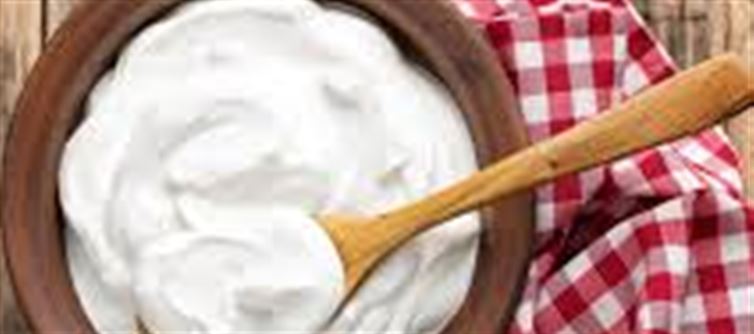
Yogurt is a staple in many households, but with options like Indian (curd/dahi) and Greek yogurt, it’s natural to wonder which is better for your health. Here’s a breakdown of their differences, benefits, and how to choose.
1. Texture and Taste Differences
- Indian Yogurt (Dahi): Soft, creamy, and slightly watery. It has a mild tangy flavor.
- Greek Yogurt: Thick, creamy, and almost cheese-like. It’s tangier and richer in texture.
2. protein Content
- Indian Yogurt: Contains moderate protein, around 3–4g per 100g.
- Greek Yogurt: Strained to remove whey, it has 2–3 times more protein, around 8–10g per 100g.
Winner: Greek yogurt is better for muscle building and satiety.
3. calcium and Bone Health
- Indian Yogurt: Rich in calcium, supporting strong bones and teeth.
- Greek Yogurt: Slightly lower in calcium due to straining but still beneficial.
4. Fat Content
- Both varieties are available in full-fat, low-fat, and fat-free versions.
- Greek yogurt is naturally creamier, so full-fat versions are higher in calories.
5. Probiotics and Digestion
- Both indian and Greek yogurt contain probiotics, which improve gut health and immunity.
- Homemade indian yogurt often has live cultures that help digestion.
- Greek yogurt also contains probiotics but sometimes fewer if commercially processed.
6. sugar Content
- Plain indian yogurt: Low in sugar.
- Greek yogurt: Often marketed with added sugar in flavored varieties, so always check labels.
7. Versatility in Cooking
- Indian Yogurt: Ideal for curries, marinades, raita, and smoothies.
- Greek Yogurt: Best for desserts, dips, protein shakes, and salad dressings due to thick texture.
8. Who Should Choose What?
- Want more protein & satiety: Greek yogurt
- Looking for lower calorie & calcium-rich option: indian yogurt
- For traditional indian recipes: indian yogurt
- For smoothies, dips, or weight management: Greek yogurt
Bottom Line: Both indian and Greek yogurt are healthy, but your choice depends on diet goals and culinary use. Greek yogurt wins for protein and satiety, while indian yogurt shines in calcium content and versatility for indian dishes.
Disclaimer:
The views and opinions expressed in this article are those of the author and do not necessarily reflect the official policy or position of any agency, organization, employer, or company. All information provided is for general informational purposes only. While every effort has been made to ensure accuracy, we make no representations or warranties of any kind, express or implied, about the completeness, reliability, or suitability of the information contained herein. Readers are advised to verify facts and seek professional advice where necessary. Any reliance placed on such information is strictly at the reader’s own risk.
.jpg)




 click and follow Indiaherald WhatsApp channel
click and follow Indiaherald WhatsApp channel